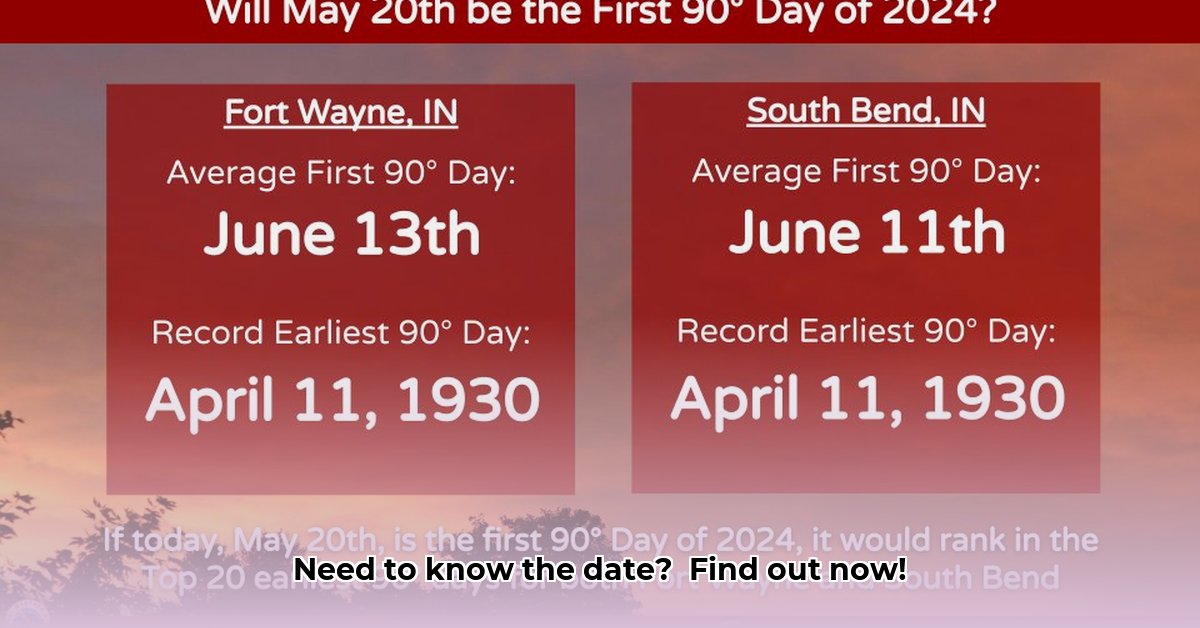
Mastering Date Calculations: A Comparative Review and Instructional Guide
Accurately calculating dates, especially when factoring in business days and holidays, is crucial for various applications, from project management to financial modeling. Simple date arithmetic, while seemingly straightforward, can become surprisingly complex. This review compares online tools for precise date calculations, offering a step-by-step guide to ensure accuracy. We'll explore the strengths and weaknesses of popular options, highlighting the importance of selecting the right tool for your needs. For additional date calculation resources, check out this helpful date calculator.
Picking the Perfect Date Calculator: A Head-to-Head Comparison
Numerous online date calculators exist, but their capabilities differ significantly. We'll compare two prominent examples: convertunits.com and timeanddate.com. Both allow basic date addition/subtraction, but their handling of complex scenarios reveals key differences.
convertunits.com: The Precision Powerhouse
This website shines for its detailed approach, particularly when dealing with business days. It explicitly explains how weekends are excluded, offering transparency crucial for understanding the calculation methodology. Its ability to account for regional holidays (requiring user input) further enhances its precision. This level of clarity is invaluable for critical calculations where accuracy is paramount.
timeanddate.com: User-Friendly, but Limited Precision
timeanddate.com boasts exceptional ease of use, making simple date calculations a breeze. However, it lacks the detailed explanations and nuanced handling of business days and regional holidays present in convertunits.com. This makes it less suitable for situations demanding high accuracy.
The Business Day Dilemma: A Critical Consideration
The term "business day" is surprisingly ambiguous; its definition varies considerably across locations and industries. This is where convertunits.com's detailed methodology proves its value. Calculating 90 days versus 90 business days from November 4th, 2024, yields significantly different results – a difference that can have serious consequences.
Comparing Date Calculation Tools: A Quick Reference Table
This table summarizes the key features and functionalities of the reviewed tools:
| Feature | convertunits.com | timeanddate.com |
|---|---|---|
| Business Day Handling | Precise, clearly explained | Limited or no consideration |
| Holiday Handling | Requires user input | Not directly addressed |
| Transparency of Methods | Excellent | Poor |
| Ease of Use | Moderately easy | Very easy |
Step-by-Step Guide: Calculating 90 Days from November 4th, 2024 (Using convertunits.com)
Let's demonstrate a precise calculation using convertunits.com's superior accuracy:
- Navigate: Access convertunits.com.
- Input Date: Enter the starting date: November 4th, 2024.
- Specify Duration: Input 90 days to add.
- Business Days/Calendar Days: Carefully select "business days" if needed, providing your region for holiday consideration. "Calendar days" includes weekends and holidays.
- Verification: Thoroughly review the calculated end date, ensuring its logical consistency with the input parameters. Are there any business days or holidays included or excluded that you need to double-check?
Mitigating Errors: Strategies for Accurate Date Calculation
Inaccurate date calculation can cause significant problems – missed deadlines, legal disputes, and financial penalties. Minimizing risk requires a multi-faceted approach:
- Multiple Tool Comparison: Cross-check results using several different calculators.
- Manual Verification: For high-stakes calculations, manual verification is highly recommended.
- Understanding Tool Limitations: Recognize the strengths and weaknesses of each tool—no tool is perfect.
How to Accurately Calculate Business Days Including Regional Holidays
Calculating business days across regions, accounting for holidays, can be challenging. Specialized tools are essential for efficient and predictable results, minimizing the risk of human error.
Choosing the Right Tool: A Strategic Approach
The market offers a wide range of tools. Selection depends on individual requirements:
- Needs Assessment: Determine your specific needs – one-off calculation or API integration for a larger application?
- Tool Exploration: Explore available free online calculators and application programming interfaces (APIs).
- Regional Holiday Consideration: Ensure the tool accurately accommodates specific dates and days of observance for your region.
- Accuracy Testing: Validate any chosen tool's accuracy using known examples before relying on it for critical tasks.
Feature Comparison: Critical Evaluation
This table highlights key features of three hypothetical tools (replace with actual tools in a final version):
| Feature | Tool A | Tool B | Tool C |
|---|---|---|---|
| User Interface | Simple, intuitive | Complex, feature-rich | Intermediate |
| Holiday Database | Limited, requires updates | Extensive, regularly updated | Regional, requires input |
| API Availability | No | Yes | Yes |
| Recurring Date Calculations | No | Yes | Yes |
| Pricing | Free | Paid (subscription based) | Free (limited functionality) |
The ideal tool seamlessly integrates into your workflow while ensuring high precision.
The Future of Date Calculation: Emerging Trends
Future trends point toward increased integration with other applications and greater use of APIs. AI-driven predictive capabilities will further refine project management and financial modeling, improving both accuracy and efficiency. Robust, secure, and reliable tools will be paramount.